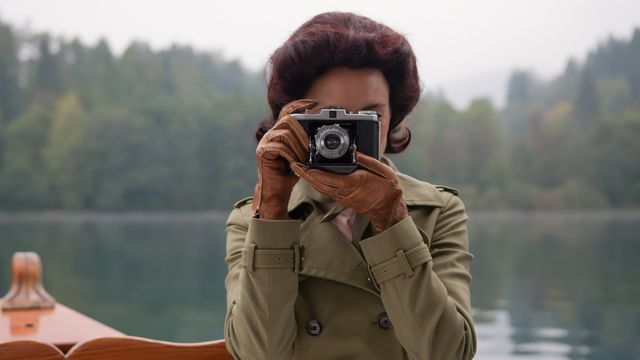Screening
Political History

Tatiana Istomina: Yalta: A story of Disappearance
USA, Russia 2012, exp. Fiction, dv, color, 10:36 min
Ugnius Gelguda, Neringa Cerniauskaite: Patterns
Lithuania 2013, exp. Documentary, 16mm, color and b&w, 10:56 min
Dan Mihaltianu: Divided Cities
Romania, Germany 2013, exp. Film, super8, black and white, 03:44 min
Ðuro Gavran: Presuda
Documentary, hdv, color, 11:20 min
Igor Bosnjak: Hotel Balkan
Bosnia and Herzegovina 2013, exp. Film, hdv, color, 10:25 min
Yu Ying: Unfinished Country
China 2012, Video, hdcam, color, 05:47 min
Liina Siib: Mass Line: Office 1
Estonia, Sweden 2013, Video, hdv, color and b&w, 12:41 min
Jasmina Cibic: Framing the Space
Slovenia 2012, Video, hdv, color, 11:31 min
Tatiana Istomina works from archive image filmed at the Yalta Conference, in 1945, and introduces a fictional character in these fragments of history. Ugnius Gelguda and Neringa Cerniauskaite examine the graphic work of the experimental office for the Soviet Union artistic reconstruction, created in 1964, in Vilnius, and underline their reclaimed artistic works of the west. Dan Mihaltianu takes back the views of Berlin and Bucharest between 1992 and 2003, divided into East and West. Đuro Gavran films the central square of Zaghreb, 16 years after the end of the war, where a crowd reunited to hear the news of the Croatian generals verdict upon their trial. Igor Bosnjak films Tito’s bunker, previous president of Ex-Yugoslavia. Yu Ying directs a fresco video based on an unfinished painting, begun at the period of the Chinese Cultural Revolution. Liina Siib directs a karaoke, where Chinese and Western ideologies intertwine. She observes the social regulation systems as a reminder to order and prohibition. Jasmina Cibic has directed “Framing the Space” at Tito’s summerhouse. The city used to be the object of several modifications linked to cultural and political imperatives, until the 1950s when modernist architecture had to illustrate a new nation, and replace the old Austro-Hungarian style.
more: www.art-action.org